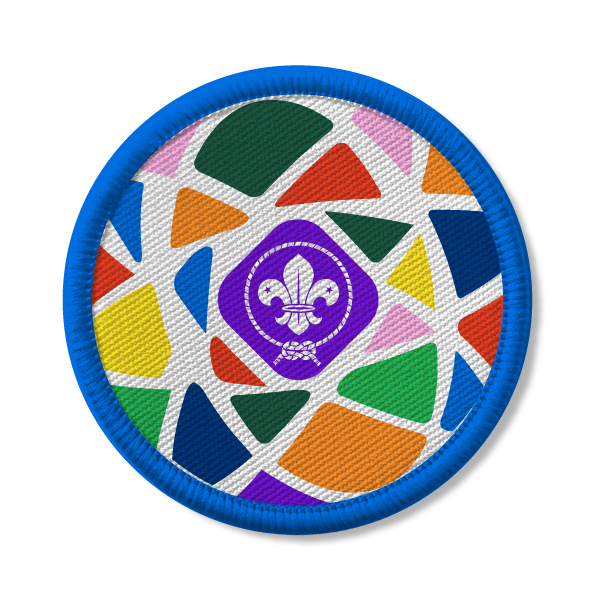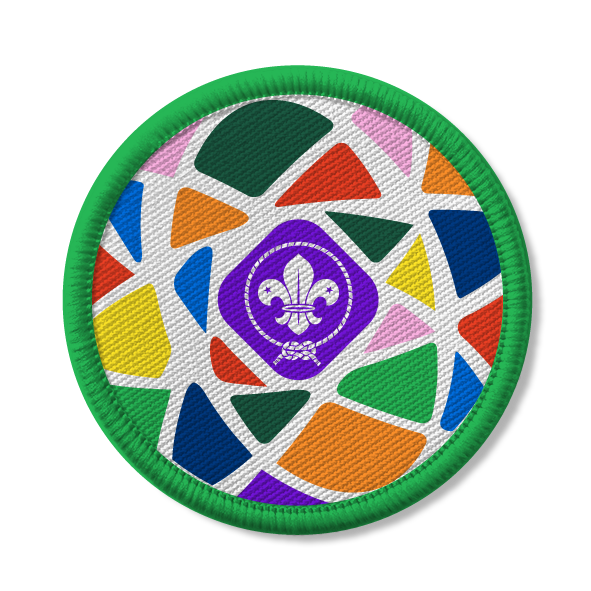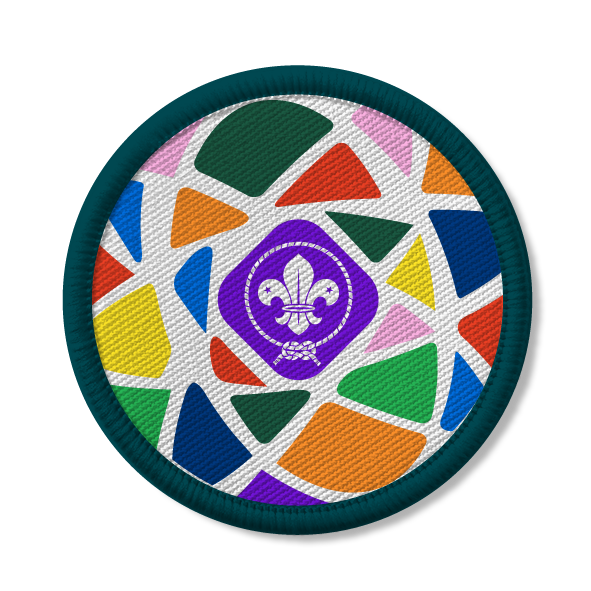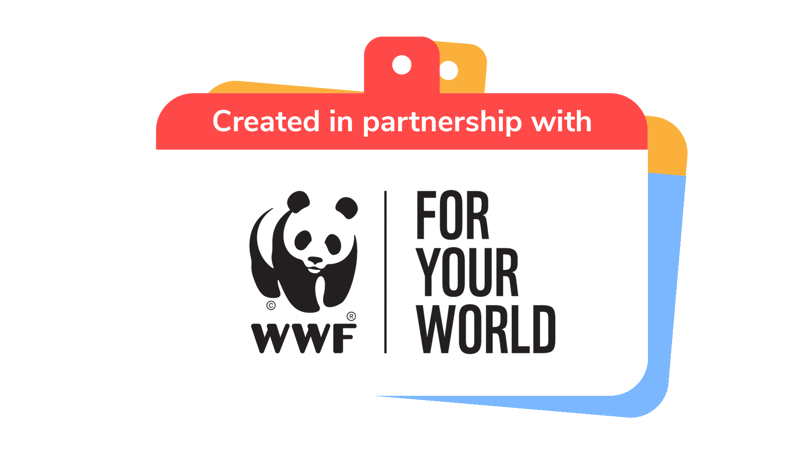
Nurture nature
You’ll need
- Access to a computer
- Pens or pencils
- A4 paper
- Copies of the seeking out nature: my observations sheet, one per person
- Copies of the common UK Wildlife sheet, one per group
- Felt pens
- Clipboards, one per person
- A map or plan of a local green space, such as a park or nature reserve
- Suitable outdoor gear, such as waterproofs, coats and sturdy shoes
- Binoculars
- Magnifying glasses
- Means of transport to a local green space, where needed
Before you begin
- Find a local green space where it’s safe for the group to explore and mark out the areas that the groups should try to cover on a map. Try to include features such as trees, bushes, rocks and ponds where wildlife can typically be found.
- If there’s a local species the group knows about that doesn’t appear on the copies of the 'Seeking out nature: my observations sheet', they can add it to the list. Consider looking online for other local species you can find too.
- Set some ground rules for the activity. Some important things to remember include:
- Being calm and quiet, to not disturb wildlife and other people.
- Being gentle if handling any wildlife.
- Making sure to leave any wildlife where it was found.
- Not picking any flowers or plants.
- Staying safe and inside your set area.
- Being careful with borrowed or expensive equipment.
Run the activity
- The person leading the activity should explain to everyone that they’ll be exploring the biodiversity of the local area and looking at ways they can help maintain it. Find out what the group knows about plants and animals in the region. See if the group knows why spotting and counting them is important and why it helps support biodiversity.
- Split everyone into small groups, each with an adult or leader. Give out a 'Seeking out nature: my observations' sheet, a pen or pencil and a clipboard to each person. Give out a copy of the 'Common UK wildlife' sheet.
- Ask each group to pick some different kinds of animals from the 'Common UK wildlife' sheet to look for. Depending on what animals they choose, some groups will need binoculars or magnifying glasses.
- Go to the local green space. The person leading the activity should give each group an area of the space to explore. Remind everyone to look all around the space for different plants or animals, to watch where they’re treading and to follow the ground rules prepared earlier. It may be useful to have some copies of these rules for each group to carry.
- Each group should set off to explore their patch of land. Give everyone 30 minutes to fill in their 'Seeking out nature: my observations' sheet and look for the animals or plants they picked from the 'common UK wildlife' sheet. When 30 minutes have passed, call everyone back together to share their findings.
- Head back to the meeting place. At the meeting place, the person leading the activity should give each group a large sheet of paper and a felt pen. Each group should copy their findings from their sheets onto a chart. The chart should show what kinds of animals and plants were found, how many of each were found and where they were living, hiding or growing. Give everyone 20 minutes to do this.
It may be a good idea for some groups to join together to do this. They can combine their data to make a detailed chart with more information. - When the charts have been completed, each group should now come up with three ways in which the animals or plants they found can be supported by the local community. They should think about what each of the different species needs to survive, which areas contain lots of biodiversity and what risks might exist that could make life more difficult for those plants or animals.
The groups might need a bit more information to think up their ways of supporting local plants and animals. They can go online to find out more at rspb.org.uk, buglife.org.uk, plantlife.org.uk and woodlandtrust.org.uk.

This activity helps contribute towards some of the UN's Sustainable Development Goals. Find out more about the SDGs, and how Scouts across the world are getting involved.
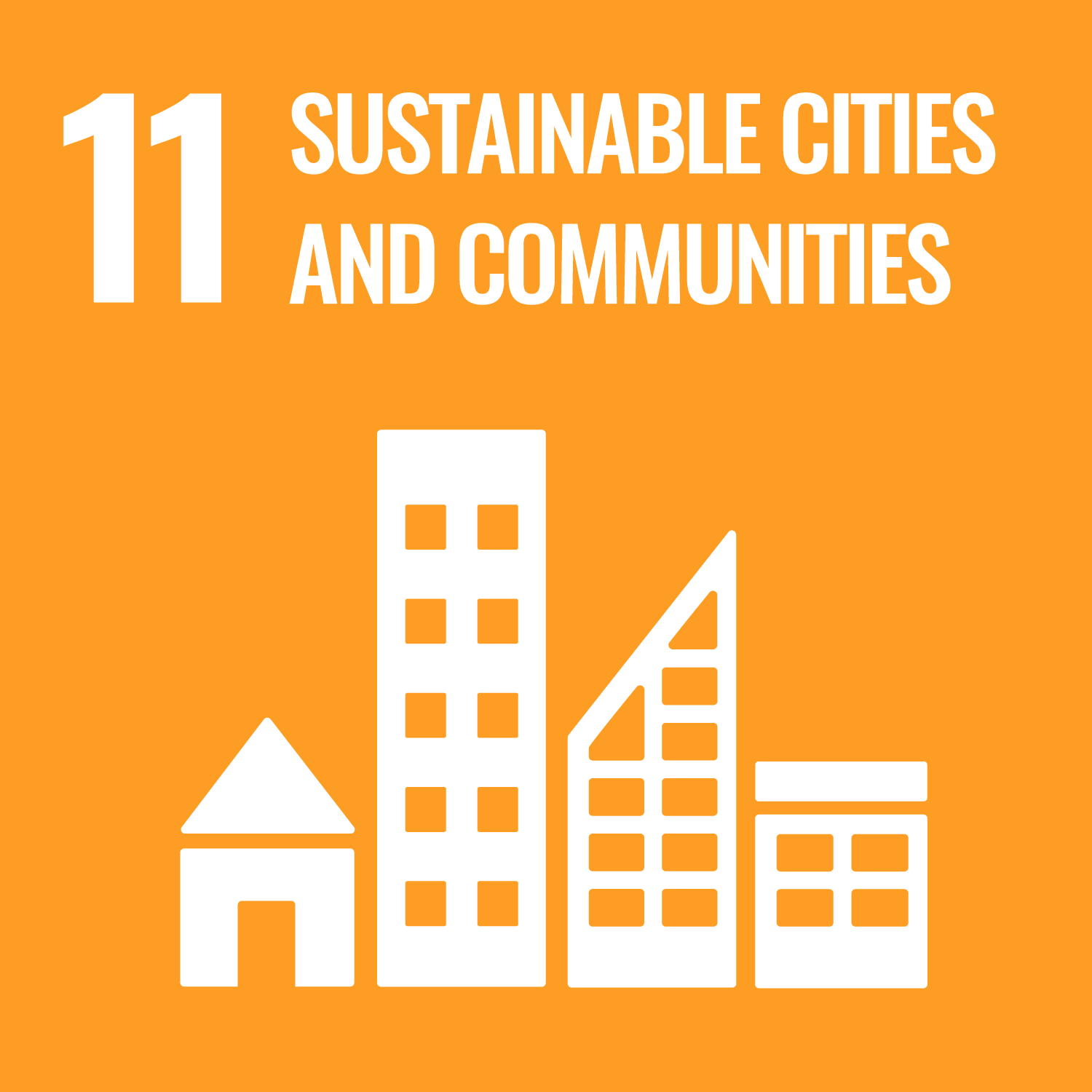

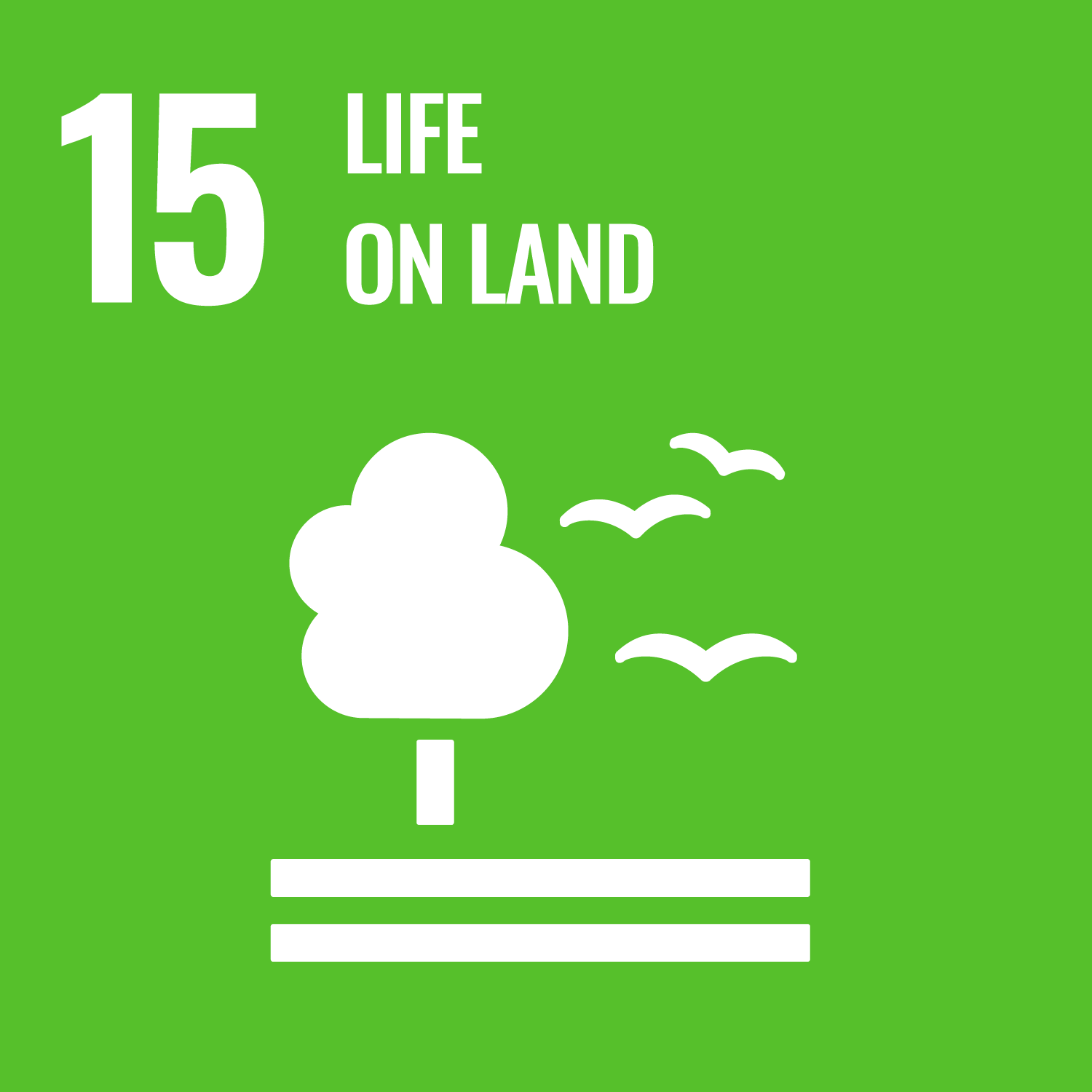
Reflection
The group has explored the biodiversity of their local area. Knowing the biodiversity in a particular place allows us to monitor change and address issues. Which of the group’s findings surprised them the most? What were the most common forms of wildlife and which were the least common? What was it like being David Attenborough for a day?
After exploring a local green space, the groups used their findings to create charts of the local wildlife. They also thought about ways to help sustain the environment of the green space as it was. Did the findings reveal any problems, and has it inspired anyone to do more to protect and preserve biodiversity? How could everyone help to raise awareness of biodiversity in the community?
Safety
All activities must be safely managed. You must complete a thorough risk assessment and take appropriate steps to reduce risk. Use the safety checklist to help you plan and risk assess your activity. Always get approval for the activity, and have suitable supervision and an InTouch process.
- Outdoor activities
You must have permission to use the location. Always check the weather forecast, and inform parents and carers of any change in venue.
- Animals and insects
Be aware of the risks before interacting with animals. Be aware of anyone with allergies, and make alternative arrangements for them.
- Gardening and nature
Everyone must wash their hands after the activity has finished. Wear gloves if needed. Explain how to safely use equipment and set clear boundaries so everyone knows what’s allowed.
- Online safety
Supervise young people when they’re online and give them advice about staying safe. Take a look at our online safety or bullying guidance. The NSPCC offers more advice and guidance, too. If you want to know more about specific social networks and games, Childnet has information and safety tips for apps. You can also report anything that’s worried you online to the Child Exploitation and Online Protection Command. As always, if you’ve got concerns about a young person’s welfare, including their online experiences, follow the Yellow Card to make a report.
- Science
Supervise young people, and only do science activities that are advised and age appropriate for your section. Test activities first, to make sure you’re confident you can lead them safely. Use protective clothing where necessary.
- Near water
Manage groups carefully when near water. The guidance on activities near water will help you to keep your group safe.
Those with a keen interest in biodiversity might want to try coming up with five ways to help sustain it locally, and they could also help other people who might be struggling with their three reasons. Would sharing some of the data they collected help?
When giving each group an area to explore, take care to assign the flatter and more open areas to those with mobility issues. Ensure that those with sensory differences are calm in their group and area, while making sure everybody is comfortable outdoors and carrying pieces of equipment.
All Scout activities should be inclusive and accessible.
Schedule regular biodiversity checks to be carried out at different times of the year. For example, you could make a chart for all four seasons. Make a note of which species disappear and which ones remain, until the group has a detailed knowledge of the local wildlife.
This useful data is ideal for showing people in the community how their local plants and animals are doing. Many people might be unaware that some species are struggling. Start a social media campaign to tell everyone about what you find to make sure everyone can do their bit if they wish.
Discover more at https://www.wwf.org.uk/
Allow everyone to choose what animals or plants to look for. Letting groups work on species they like will make it easier for when they must think of ways to help these animals or plants.

